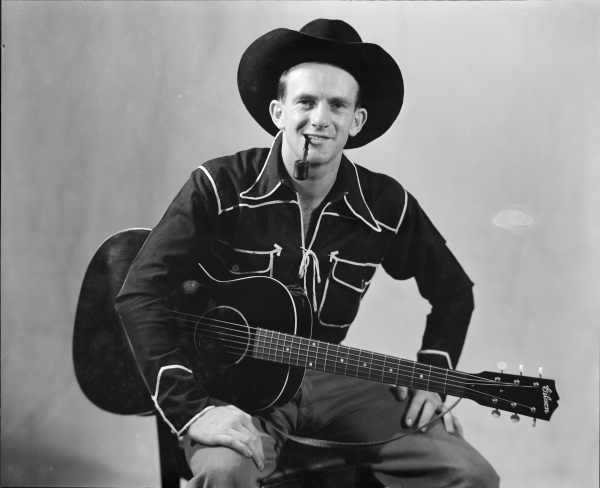 Like its US counterpart, Australian country music started with people from distant lands, wading from ships towards a new and uncharted continent. They came from countries as far away as England, Scotland and Ireland, bringing with them their past which, among other things, included songs, ballads and melodies from the old country and whose lyrics soon changed to reflect their new life. Among their most valued possessions were musical instruments like the fiddle, banjo, harmonica and concertina. These and the songs helped them cope with the harsh life in their new surroundings.
Like its US counterpart, Australian country music started with people from distant lands, wading from ships towards a new and uncharted continent. They came from countries as far away as England, Scotland and Ireland, bringing with them their past which, among other things, included songs, ballads and melodies from the old country and whose lyrics soon changed to reflect their new life. Among their most valued possessions were musical instruments like the fiddle, banjo, harmonica and concertina. These and the songs helped them cope with the harsh life in their new surroundings.
In the mid 80's, free settlers moved in and expanded into the interior of the new country, clearing land for homes and farms and building fences for livestock. It was then that, to establish their identity, they called themselves Australians.
A gold rush ensued that brought people from all over the world. They listened to the songs about the country and its unique life: of the swagman and the drover, of devastating droughts and floods, of the bush and the loneliness. At the turn of the century, Australia took on a federal form of government, and played an active role alongside Allied forces in World War I. All the events and achievements and setbacks along the way were commemorated in music and song. The development of Australian country music, in a way, served as milestones in the annals of the country itself.
The radio and phonograph were the first major factors in the development of the future of Australian music. By 1929, these had become commonplace in most Australian homes. Meanwhile, across the ocean, in the United States, country music was becoming a powerful force. Hillbilly songs from the likes of the Carter Family and Jimmie Rodgers started to become part of daily Australian life, thanks to the radio and phonograph. Before long, Australians were singing and tapping to the beat of this new music.
It took a New Zealander to give Australian country music a shot in the arm. Robert Lane, singing under the name Tex Morton, outsold all the American country music stars from his first recording in 1936. Not just a singer but a showman as well, Morton started out by singing American country songs before realizing that his audience was yearning for Australian music and songs. He developed a unique country music that was purely Australian in style and inspired upcoming country stars like Slim Dusty and Buddy Williams. From his home in Dorrigo, Williams followed Morton to Sydney bringing with him the songs he wrote and sang about life in the bush.
Shirley Thoms became the first Australian country girl to do a solo recording which became an instant favorite with listeners all over the country. At around this time, Smoky Dawson, a young singer in Melbourne with his own Hawaiian radio program started adding country music to the show. His career, which lasted for 65 years, made him one of Australia's best loved country musicians.
Australian country music was about to enter into a frenzy of growth, the likes of which the land Down Under had never seen before.
Hope you enjoyed this - I love to write and may add some other articles later :)
Cuchuoi

 Subscribe to RSS Feed
Subscribe to RSS Feed